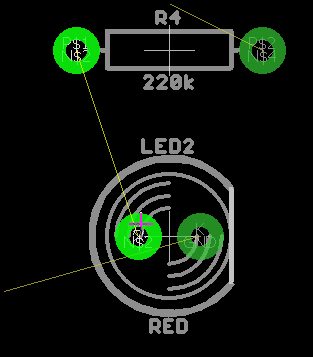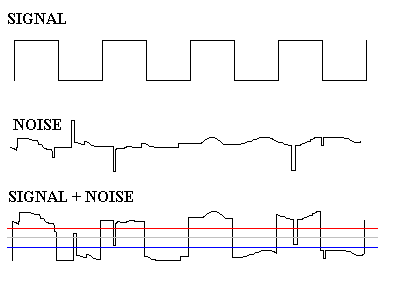& Construction

Integrated BIM tools, including Revit, AutoCAD, and Civil 3D
& Manufacturing

Professional CAD/CAM tools built on Inventor and AutoCAD
3 min read
Today’s Everyday App Note comes from Texas Instruments, one of the leading experts on high-speed PCB design. The PCB layout process is more important than ever as our devices require higher switching frequencies in smaller form factors. This application note addresses one of the most common problems found in a high-speed PCB layout, excessive electromagnetic interference.

Any electronics designer can be working on a high-speed PCB layout; it’s all dependent on your application constraints. The problem is, there’s no hard and fast rule to determine whether your PCB is considered high speed. Here are three ways to tell if yours is:

Don’t let a device-specific situation determine if you should read this app note. Every electronics designer needs to read this app note. Whether you’re designing a high-speed layout now or later, EMI issues will eventually come knocking on your door. Why?
Look at the trend in electronics design and you’ll notice devices are getting faster and more tightly integrated within shrinking form factors. Every trace on that shrinking layout is going to emit some kind of EMI, and you don’t want it messing with a signal that requires precise timing from transmitter to receiver.

When a high-speed signal is disrupted in transit, the results can be catastrophic for your design. We’re talking about corrupted data, digital states that get misread, and data that gets inputted into the wrong memory address. These are not problems that you want to deal with once your product is in-field.
Many variables can affect the integrity of transmission lines on your high-speed PCB layout. It’s not just about routing traces or differential signals as close as possible. You need to know about the qualities of the signals running along your traces.
This requires a deep understanding of your design, and knowledge about what parts of your circuit are prone to EMI issues. By reading this app note, you’ll be armed with fundamental high-speed layout guidelines that will help you to deal with:
This app note is divided into two sections, a high-speed design fundamentals overview and practical high-speed PCB design rules. Even if you aren’t designing a high-speed PCB layout now, it’s worth your time to read the theory section and get acquainted with this new world.
This is the start of your high-speed PCB design journey. Learn how to minimize EMI on high-speed layouts by downloading this application note from Texas Instruments now!
By clicking subscribe, I agree to receive the Fusion newsletter and acknowledge the Autodesk Privacy Statement.
Success!
May we collect and use your data?
Learn more about the Third Party Services we use and our Privacy Statement.May we collect and use your data to tailor your experience?
Explore the benefits of a customized experience by managing your privacy settings for this site or visit our Privacy Statement to learn more about your options.